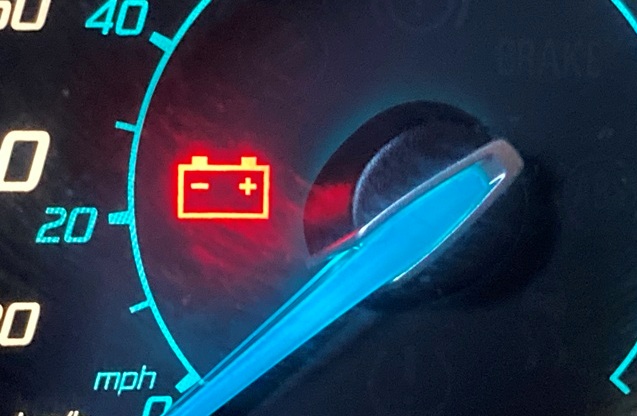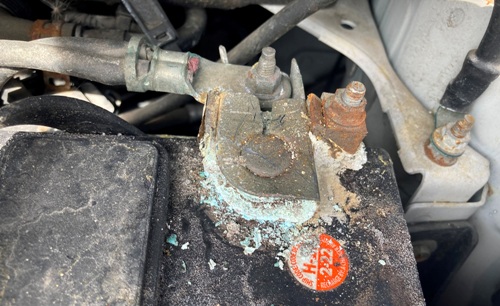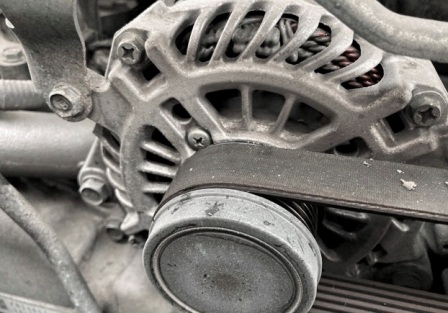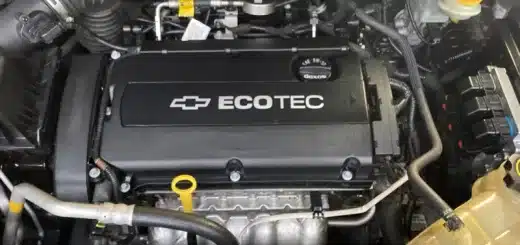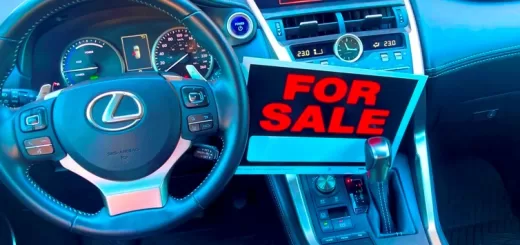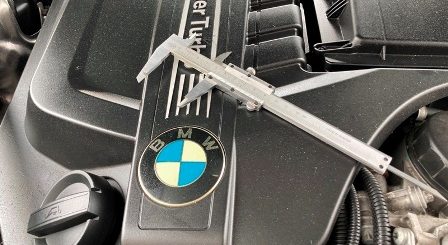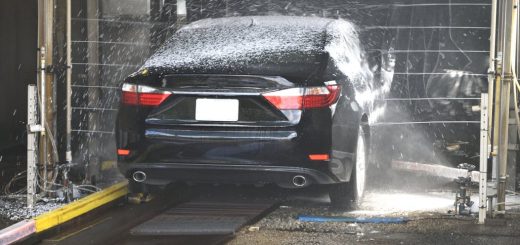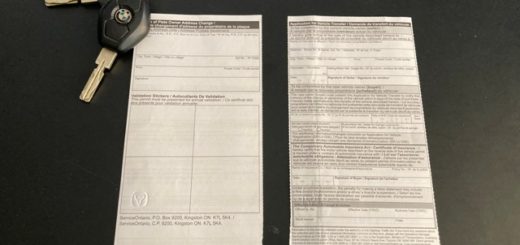What Battery Warning Light Means
What battery warning light means and what to do about it
Battery warning light means your car battery is not being charged. Contrary to popular belief a battery warning light does not automatically mean there is something wrong with your car battery per se. Warning light means OBD2 monitoring system is warning about faults in charging system. Battery in your car is not being charged by alternator.
Faulty batteries rarely trigger a battery warning light. A fouled or dying car battery will exhibit failure symptoms and/or leave you stranded somewhere far earlier than monitoring system can sense a fault within battery itself and trigger a warning light. Symptoms of Bad Battery.
Reason Why Battery Light is On
1) Alternator Failure
A failed alternator is most common source of battery warning light. Alternator maintains and charge your car battery. Alternator normal charging voltage is anywhere between 13.5 to 14.7 volts.
If ECM (onboard computer) senses lower or higher voltages than optimal charging parameters will illuminate battery warning light. Malfunctioning alternator or alternator voltage regulator will trigger a battery warning light indicating battery is not being charged.
2) Broken or Lose Serpentine Belt
Serpentine belt transfers power from engine crankshaft pulley to other engine components such as: Alternator, Water Pump, Power Steering pump and Air conditioning compressor. If serpentine belt breaks or is loose, alternator will not be powered and battery warning light will be triggered.
3) Corrosion of terminal posts
Battery terminal posts tends to oxidize easily. Oxidation will affect contact between battery clamps and battery terminal posts. Battery warning light will be triggered if contact between battery posts and clamps is too weak.
4) Lose terminal connections
Lose clamps connections on battery terminal posts will cause battery to be charged intermittently. Engine also can turn off if it loses electrical power caused by lose battery connections. Weak connection between terminal posts and clamps will trigger a car battery warning light.
Can I Drive with Battery Light On?
Driving with battery light on is not advisable nor recommended. However, in certain situations you might not have a choice.
It depends on what problem is. If the problem is serpentine belt, then you will not be able to drive your car. Serpentine belt will affect not only battery but also steering. Serpentine belt powers hydraulic power steering. Steering will be manual is serpentine belt breaks and very hard to operate. Engine will also overheat if your car has a serpentine belt driven water pump.
Driving with a failed Alternator
You can still drive your car for a certain distance after alternator malfunctions. Distance will depend on battery condition, traffic and driving style. Your car will keep running even when battery is not being charged anymore. Battery still has power in reserve to operate your car for while. However, when battery power runs out your car will shut down for good.
A fully charged battery should be able to power engine for 20km or so (depending on traffic and weather conditions), on battery reserve power alone.
If you are driving with car battery warning light on, turn off all electrical accessories (heat, air conditioning, radio, interior lights) until you reach your destination. Using less battery power will increase driving range if you are driving with a failed alternator.
Details on: Symptoms of Alternator Failure.
What to do if battery light comes on
1) Inspect Battery
Inspect your battery for signs of corrosion on terminal posts. Corrosion of battery clamps reduces conductivity between battery terminal posts and battery clamps. Battery light is triggered when battery is not properly charged.
Clean corrosion on terminal posts with water, brush and baking soda. Wear gloves and be careful as battery corrosion is highly corrosive and battery vapors are poisonous if inhaled.
2) Check Terminal Post Clamps
Check connections between clamps and battery terminal posts. Tighten clamps if there is a loose connection, battery clamps have 10mm bolts in vast majority of cases. Lose connection will interrupt charging process, battery light will be triggered.
Battery clamps should be very tight, you should not be able to move them by force. If you can move battery clamps by hand then you need to tighten them more.
3) Test battery and alternator
Test your car battery and alternator yourself. It is not hard to do and you can find or at least narrow down what is causing battery warning light in your car. You need only a voltmeter to test battery and alternator voltages. Voltmeters are cheap and very easy to use, $20 will get you a very nice voltmeter. Details here on How to Test Car Battery and Alternator.
4) Battery Ground Cable
Check battery ground cable connection to car chassis. Negative or ground (- Black) is extends from battery negative clamp to a ground bolt on your car chassis. Usually, ground connection is located close to battery and easily accessible. If battery ground cable connection on car chassis is compromised, lose or rusted it will cause loss of battery power and will trigger a battery warning light.
Follow battery negative/ground cable and you will find ground connection on car chassis. Make sure connection to car chassis is tight and it doesn’t have any rust on it. Remove ground cable bolt and clean connection, you can also use sand paper to remove rust.
Intermittent Warning Light
Do not ignore an intermittent battery warning light (battery light comes and goes). An intermittent battery light means you have a problem with charging systems, battery problems or wiring problems. Small problems always start small before they become bigger.
Inspect charging system, if you cant find any faults then send your car for professional diagnostics. Do not wait until you are left stranded somewhere. If battery light is triggered once, chances are will be triggered again and you have a problem with charging system in your car.
(If you are also looking for a fast and easy solution to sell your car, more here on “How To Sell Your Car Fast In Ontario”. )
Comments: If you have any questions or suggestions related to this post or Used Car Toronto in general, don’t hesitate to use comment section below.


